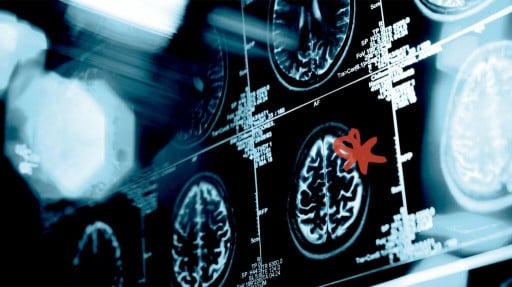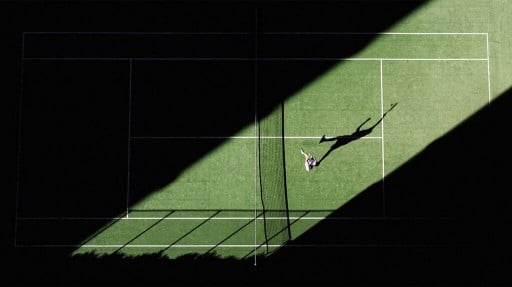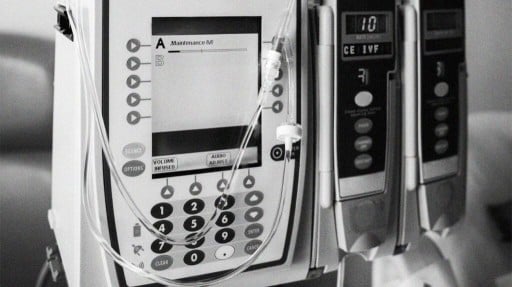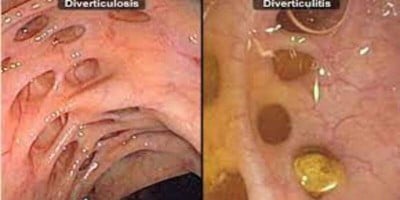
In new research presented at the Radiological Society of North America’s annual meeting, researchers used artificial intelligence to review brain scans of adolescents with and without attention deficit hyperactivity disorder (ADHD).
This approach identified differences in the white matter tracts of the brains of individuals with ADHD, providing further insights into the condition.
ADHD affects around 6 million children and teenagers in the United States, making early diagnosis and intervention crucial for improved well-being in a society increasingly influenced by distractions.
It typically shows up in childhood and can significantly affect an individual’s well-being and their ability to function in society.
In the United States, approximatelychildren and teenagers aged 6 to 17 have received a diagnosis of ADHD.
Experts say diagnosing ADHD can be challenging with medical professionals often relying on self-reported surveys that are subjective in nature. They say there is a clear demand for more objective methods of diagnosis.
In new research presented at the Radiological Society of North America’s annual meeting in November, scientists reported on a deep learning type of artificial intelligence (AI) to examine MRI scans of teenagers with and without ADHD.
The researchers said they discovered important differences in certain brain structures called white matter tracts in people with ADHD.
Using AI deep learning to identify ADHD indicators
The researchers said that their study, which hasn’t been published yet in a peer-reviewed journal, is important because it’s the first to utilize deep learning to identify indicators of ADHD.
“We found that, on average, there were statistically significant differences in imaging between study participants with and without [attention deficit],” he said.
We hope that our findings serve as a promising step toward achieving a better understanding of ADHD from a biological standpoint as well as a more standard, objective, and accurate way to diagnose the condition.
Justin Huynh, MS
Study of MRI scanning data and clinical surveys
The research involved data from brain scans, clinical surveys, and other information gathered from 21 research sites in the United States.
The brain imaging data they used included a specialized magnetic resonance imaging (MRI) technique known as diffusion-weighted imaging (DWI).
Previous attempts to utilize AI for ADHD detection have faced difficulties due to small sample sizes and the intricate nature of the disorder, the researchers reported.
In this study, the research team specifically chose 1,704 individuals that consisted of both adolescents with ADHD and those without the condition.
Using DWI scans, they extracted measurements of fractional anisotropy (FA) along 30 major white matter tracts within the brain. FA measures how water molecules move through the fibers of these tracts.
The FA values from 1,371 individuals were employed to train a deep-learning AI model, which was subsequently put to the test on 333 participants, comprising 193 who had been diagnosed with ADHD and 140 without ADHD.
Through the use of AI, the researchers said they made a significant discovery. They reported that in individuals with ADHD, FA values were notably higher in nine white matter tracts.
These distinctive MRI patterns in people with ADHD have not been observed in such intricate detail previously.
In most cases, the irregularities detected in these white matter tracts aligned with the symptoms typically associated with ADHD.
The breakthrough in the ADHD brain scan study
“Historically, and with considerable effort, attempts to find structural correlations revealed by MRI to diagnose ADHD have been largely unsuccessful,” Lefkowitz said.
“But they may yet exist and the investigators here are using the best available tools to find such correlations by using a combination of DTI and deep learning,” he explained.
While structural abnormalities in ADHD may exist if only we look hard enough, this is not the most appealing investigational approach. After all, ADHD is a behavioral disturbance. Logically, it would seem that an imaging technique that assesses function, not structure, would be more promising. So, studying functional networks (fMRI) or brain metabolism (PET) would be my bias. Nevertheless, I do think it’s important to keep an open mind.
Dr. David Lefkowitz
“Discoveries happen in unexpected places, so my skepticism should not be viewed as dismissive,” Lefkowitz said. “I would be very interested to see where this leads, especially when the study matures to a peer-reviewed publication.”
Tech developments may improve accuracy of ADHD diagnoses
Unsupervised deep learning techniques, such as autoencoders, have the potential to uncover subtle structural patterns that might be missed by traditional diagnostic methods. This can greatly enhance the accuracy of ADHD diagnosis and provide valuable insights into the underlying neurobiology of the disorder.
Livia Lifes
Lefkowitz agreed, saying, “an accurate non-invasive imaging technique for ADHD patients could be very helpful in clinical management and also in drug trials.”
“One of the challenges with proving drug efficacy is patient selection,” he said. “The costs of clinical drug trials are enormous, partly because large numbers of patients are required to achieve statistically significant results.”
“More accurate diagnosis of ADHD and, further, the ability to stratify patients based on severity has the potential to reduce the required size and therefore cost of such trials,” he added.
In conclusion, Lefkowitz said, “the implications are beyond the patient population (which obviously would benefit), but to society more broadly.”








